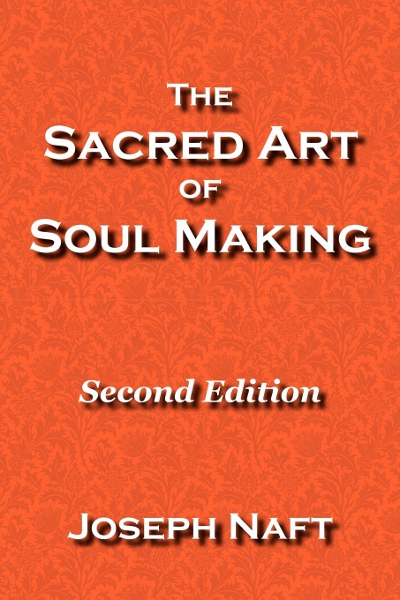|
|
Inner
Frontier Fourth Way Spiritual Practice |
|
Inner Work For the week of November 9, 2020
Sensitive Energy Practice (The Ladder of Being: 3) The first of the inner energies we work with in our spiritual practice is the sensitive energy. Although later, when our deepening perceptions allow, we begin working with higher energies, that does not relegate sensitive energy practice to a lesser urgency: it is crucially important throughout the spiritual path. The sensitive energy is the foundation of presence and is said to be the primary substance in forming our second body, our lower soul. Spiritual practices that work mainly with the next higher energy, the conscious energy, such as mindfulness practice, tend to be brief and unstable when exposed to the demands and distractions of everyday life. Putting such practices on a foundation of sensitive energy makes greater stability possible. What is the sensitive energy? Rather than going for some theoretical definition, it is much more valuable to experience the sensitive energy directly and become able to recognize and work with it, in all three of its forms, relating to awareness of our body, mind, and emotions respectively. The body form is the most easily recognizable and accessible. We call it sensation and its practice we call sensing our body. You might try this. Put and keep your attention in your right hand for a few minutes. When your attention wanders, simply bring it back to the hand. By persisting in focusing our attention within our right hand, the sensitive energy begins to accumulate there. Our perception of the hand grows more alive, more vibrant. If we compare our perceptions in this moment of our right hand and our left hand, we may notice that our contact with our right hand is much richer. What we are experiencing there is the sensitive energy. Placing our attention in part of our body awakens the sensitive energy there, while also creating more of it. Next, we can work on sensing our right foot, then our left foot, and finally our left hand. Spending a few minutes at each to give the sensation time to build up. Once we develop some proficiency with that, we move on to sensing entire limbs. We begin with our right arm, from shoulder to fingertips. Then our right leg, left leg, and finally left arm. Then we can practice sensing both arms at the same time. Then both legs, and finally all four limbs. Ultimately, we include our torso and head, and we sense our entire body. With our torso, we do not attempt to sense our inner organs, so as not to interfere with their instinctive functioning. Sensing our entire body brings an important wholeness to our work. We practice this both in sitting meditation and while going about our day, though not during dangerous or critical activities that need all of our attention. To practice sensing during the day takes perseverance to keep at it. It also takes creativity to devise ever-new ways of reminding ourselves to come back to sensing more often. It develops our inner freedom, as we sometimes do not reach our goals for the day and yet start again each morning, or even each hour. We turn moments of frustration and self-doubt into an immediate effort and renewed commitment to the practice. That builds our being, as we begin to make our soul out of the substance of the sensitive energy. Persisting with the practice of sensing pays further dividends. As our work with it progresses, sensing starts to come to us spontaneously, to wake us up, to bring us back to the now, at unexpected moments during our day. Furthermore, when we are sensing our body, our state is changed to a step higher than usual. We are more aware, not only of our body, but of what is around us and in us, in our mind and emotions. This enhanced awareness makes us less prone to falling into difficult emotional states or being carried off on a train of thoughts. We are less likely to become identified. Because our body is always in the now, by sensing we live this present moment. Part of the beauty of sensing practice is that it gives us immediate feedback, because it is readily recognizable. With sensing, we know viscerally, palpably, that we are in touch with the sensitive energy, in touch with the present moment. Unlike trying to be mindful or present, which often lack that organic touchstone, with sensing practice we know where we are, instantly and without doubt. We can build a more stable presence on a strong foundation of sensing. This is how we live more, how we bring more life into our existence, how we bring more depth into our time. For this week, please practice sensing your body and see whether this deepens your experience of the present moment. |
|
|
About Inner Frontier Send us email Copyright © 2001-2024 Joseph Naft. All rights reserved. |








